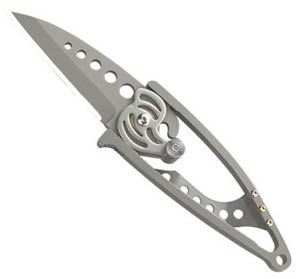Briar Boy
Well-known member
- Joined
- Dec 8, 2011
- Messages
- 66
- Reaction score
- 0
I have been drilling out my pipes airways out to 5/32" and funneling the tenon tips and have noticed a marked improvement in smoking quality, many of my pipes would gurgle and they aren't cheap pipes, pipes that I was ready to get rid of due to the fact, after drilling the airways out to 5/32" the gurgle has stopped, two things to consider when contemplating enlarging the airway though are the position of the point of entry of the draught hole into the bowl, if it is quite low, even with the bottom of the bowl of even lower with a slight "trough" I would not do it because it will make the trough deeper, also if the angle of the drill is too steep and hits the side of the mortise and would cause damage there, hopefully my desciption is understandable, a pipe with a slightly high draught hole is a prime candidate for this because it will lower the draught hole slightly giving a more seamless transition from bowl to airway. It will also make the draw more open and effortless so if you like the feel of a restrictive draw that's something else to think about. Final disclaimer, if you decide to do this, don't blame me if you ruin your pipe.

